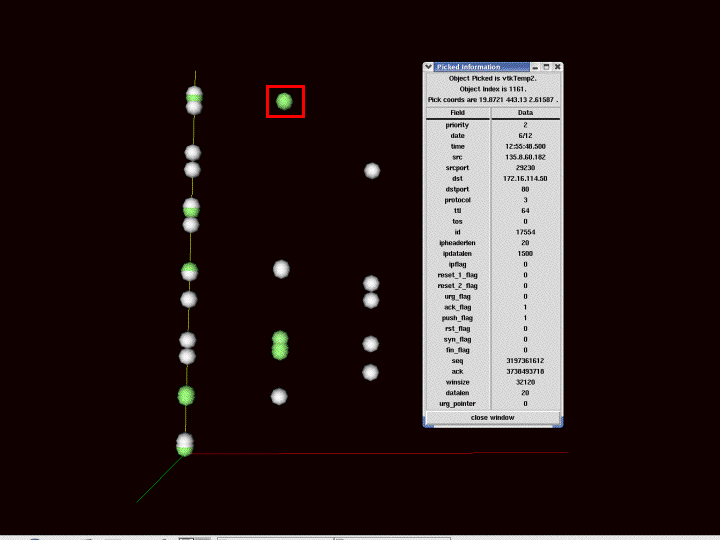Details on demand: Difference between revisions
Jump to navigation
Jump to search
No edit summary |
No edit summary |
||
| Line 7: | Line 7: | ||
== References == | == References == | ||
*[Ball, 2004]: | *[Ball, 2004]: Robert Ball, [http://snap.cs.vt.edu/cs5764/Fall2004/ideas/HighRes-DoD.doc ''Details on Demand vs. High Resolution''], 2004. | ||
*[Rauschenbach, 1998]: Uwe Rauschenbach, ''Progressive Image Transmission Using Levels of Detail and Regions of Interest'', 1998. | *[Rauschenbach, 1998]: Uwe Rauschenbach, ''Progressive Image Transmission Using Levels of Detail and Regions of Interest'', 1998. | ||
[[Category: Glossary]] | [[Category: Glossary]] | ||
Revision as of 14:46, 12 October 2005
The details on demand–technique allows interactively selecting parts of data to be visualized more detailed while providing an overview of the whole informational concept.
We distinguish between the refinement methods detail on demand, where the user requests greater detail, and progressive refinement, where the system transmits and displays more detail automatically. Both methods can be combined, too. In order to save bandwidth, it is essential that only differential data are transmitted.
[Rauschenbach, 1998]

References
- [Ball, 2004]: Robert Ball, Details on Demand vs. High Resolution, 2004.
- [Rauschenbach, 1998]: Uwe Rauschenbach, Progressive Image Transmission Using Levels of Detail and Regions of Interest, 1998.